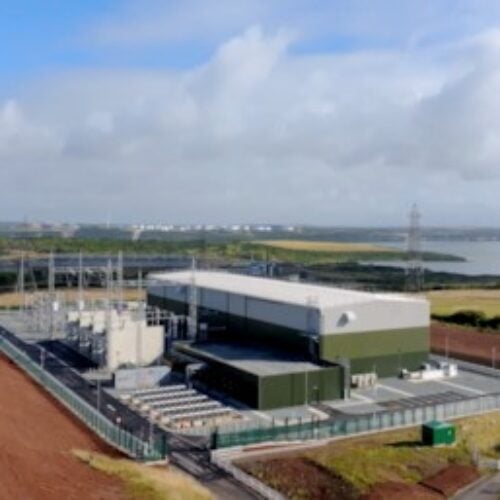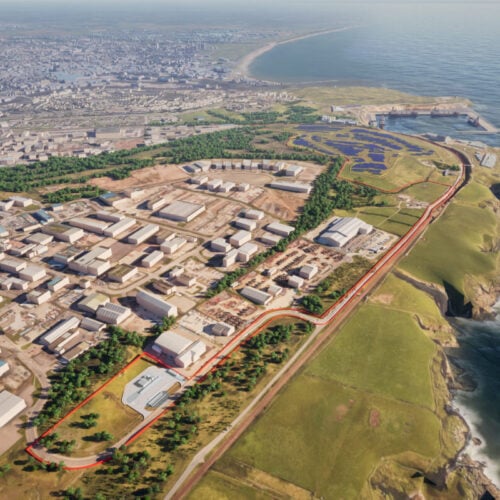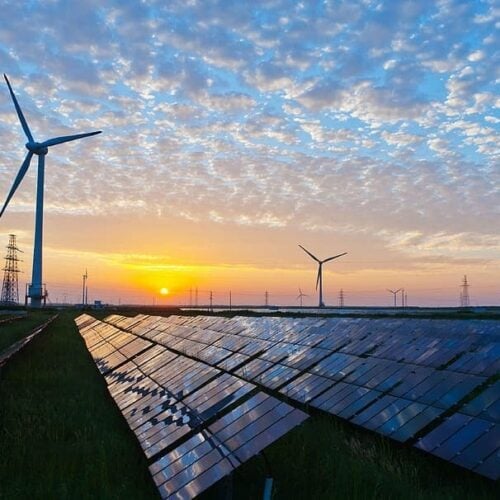Nations present at the North Sea Summit have agreed to a combined target of 120GW of offshore wind capacity in the North Sea by 2030.
This was agreed to and signed by energy security secretary Grant Shapps and his counterparts from France, Ireland, Luxembourg and Norway collectively yesterday (24 April).
The UK is set to supply 50GW of offshore wind – including 5GW of floating offshore – by 2030.
This target rises to 300GW by 2050, in an attempted to transform the North Sea into the “Green Power Plant” of Europe.
Following the Department for Energy Security and Net Zero’s (DESNZ) announcement of its intention to construct the LionLink interconnector between the UK and the Netherlands, the UK also aims to establish a minimum of 18GW of capacity through interconnectors by 2030.
Other North Sea Summit agreements include:
- The UK, Germany, Denmark and the Netherlands to reach a combined target of 30GW of hydrogen production capacity by 2023, which will be powered by offshore wind.
- Conversations will continue around a hybrid interconnector between the UK and Belgium (called Nautilus).
- Future interconnector projects in the North Sea will also be explored between the UK and Ireland as well as Germany.
- A separate Memorandum of Understanding (MoU) was also signed yesterday between the UK and Denmark to ensure further collaboration on the transition to renewables – with a particular focus on offshore wind.
“Today’s deal at the North Sea Summit has the UK centre stage, using its world-leading expertise in renewable technologies to boost the supply of cleaner, cheaper, more secure offshore wind as part of wider efforts across the continent,” said energy security secretary, Grant Shapps.
“This will create green jobs across the country, and will ultimately lead to lower bills for consumers as we move away from more expensive fossil fuels.
“But it also sends a strong message to Putin that his control over European energy markets is well and truly over – and that the UK and North Sea countries will be looking to home-grown sources for years to come, boosting energy security and independence.”






